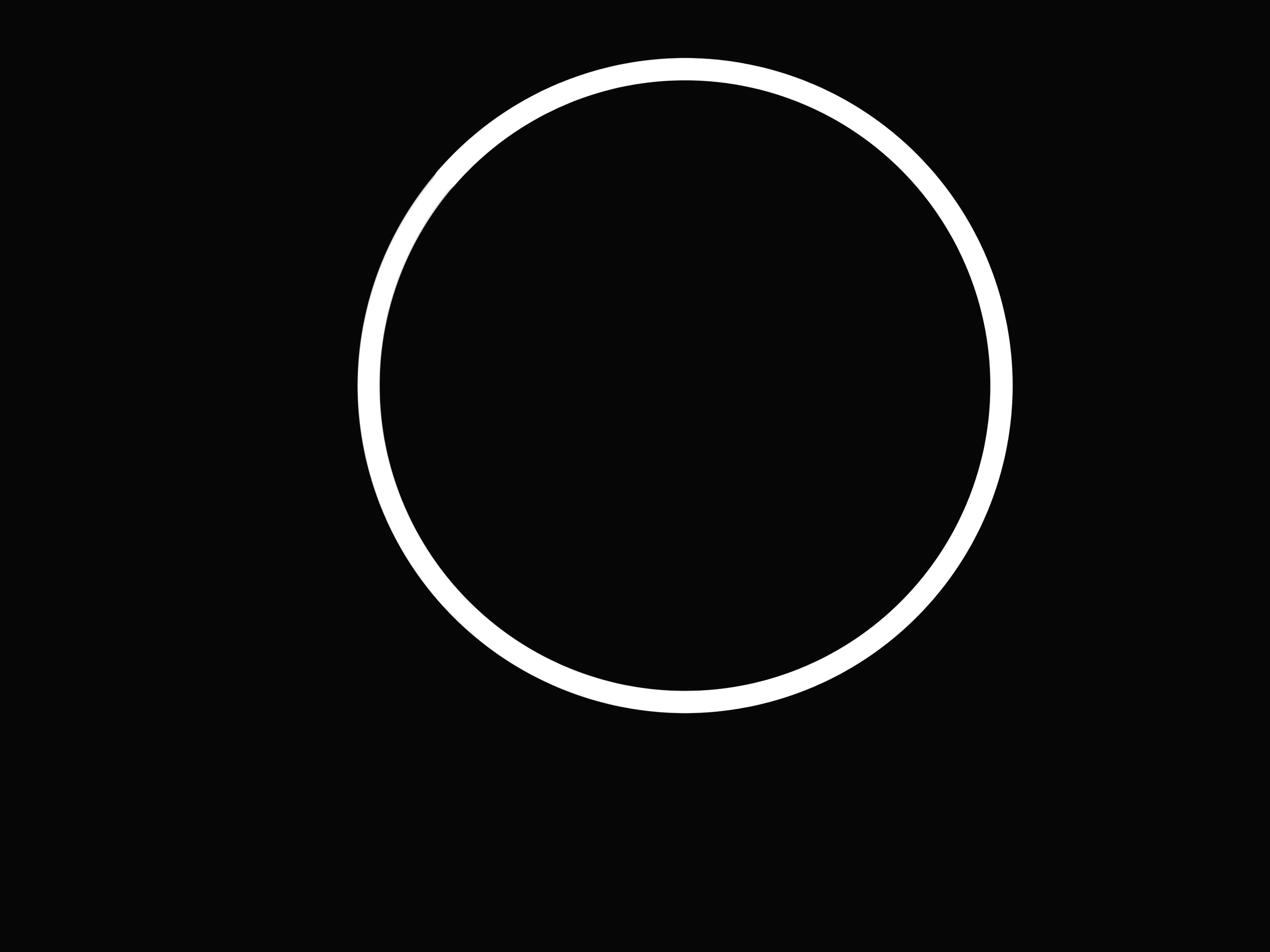
Context:
In response to this theme, I thought of the Japanese family pattern. The family pattern is a symbol of blood origin, which can be equivalent to a "patterned surname". The advantage is that it is concise and clear, and it allows illiterate civilians to recognize who they are. In the beginning, the family crest was only eligible to be used by the noble class, but in the Edo period, family crest was gradually extended to the civilian class, much earlier than the popularization of surnames, and the coverage rate was much larger. Family patterns are divided into plants, animals, nature, architectural objects, abstract patterns, and modern new works. The Japanese family pattern evolved based on these foundations. Earlier, Chinese hieroglyphs also played a similar role, conveying information with general graphics. I once watched a video about Japanese family patterns, and got inspiration from there.
https://www.youtube.com/watch?v=jk-w9ASqmbw
Method:
I imitated the video and drew some circles and made them intersect each other to fill these spaces. The element cranes and feathers were finally determined. And combine them into a totem.
Reflection:
I used my last name as the object of experiment. After all, the function of the family pattern is the last name drawn into a pattern. My last name in Chinese means to use a branch to cross the fish. When the fish enters the water again, they can resurrect again. Su means resurrection.So at the bottom is the fish and water pattern. The crane and feathers are derived from the meaning of longevity. In China, people believe that the crane is a long-lived animal. Putting it together, this family pattern wants to express the meaning of immortality and longevity.
About This Work
By Raivis Su
Email Raivis Su
Published On: 07/10/2020
